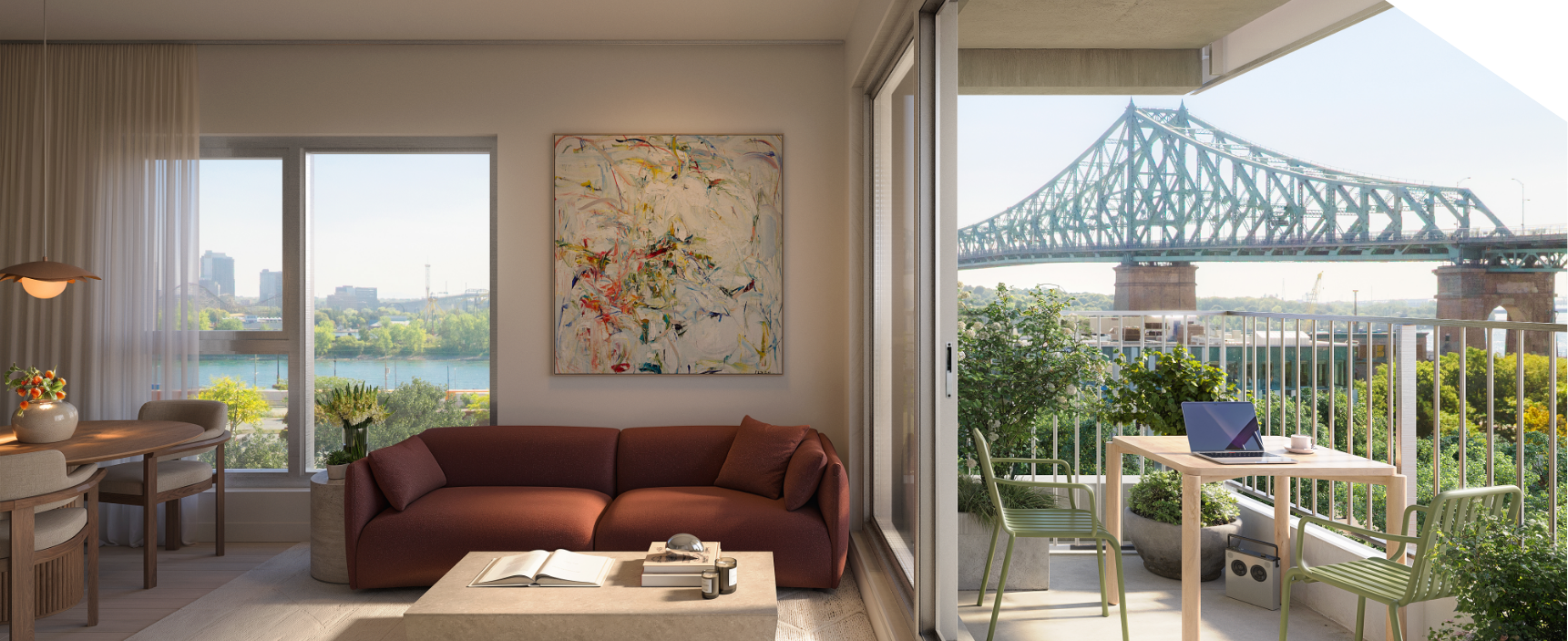Divided co-ownership 101



Prével condos are “divided”—meaning they include:
Here are some basic principles of condo life to help get you started.
Our condos all start off under the administration of a management company selected by Prével. This company is in charge of the upkeep of the building and common areas, as well as the administration of all operations. Once co-owners have moved in, you will elect a board of directors made up of co-owners at your first general meeting. This condo association may opt to keep the same management company, replace it with a different one, or manage the condo themselves.
Condos function like a democracy, where every co-owner has a voice. During a general meeting, you have a right to a vote, which is based on the relative value of your condo. For any decision to be approved, it must meet the quorum: that is, 50% + 1 votes. Decisions that need to be made may include landscaping, renovations, adding a regulation to the declaration of co-ownership, and so on.
This is the document that contains all the key regulations that guide co-ownership in your condo and helps avoid conflict. It includes:
Condo fees are to be paid monthly by each co-owner. These serve to cover the costs of running the building, including upkeep; electricity, heating, and air conditioning of common areas; administration; managing garbage and recycling; and insurance. Part of the condo fees are also to be put towards a contingency fund. Fees are based on the relative value of each condo, which is outlined in the declaration of co-ownership.
As the name implies, a contingency fund is a sum of money set aside to cover any future upkeep or major renovations, such as redoing the roof or windows. The board of directors must create mid- and long-range budget forecasts that accurately reflect the condo’s future needs. Once the budget has been determined, the board then adjusts each co-owner’s annual contribution to the contingency fund.